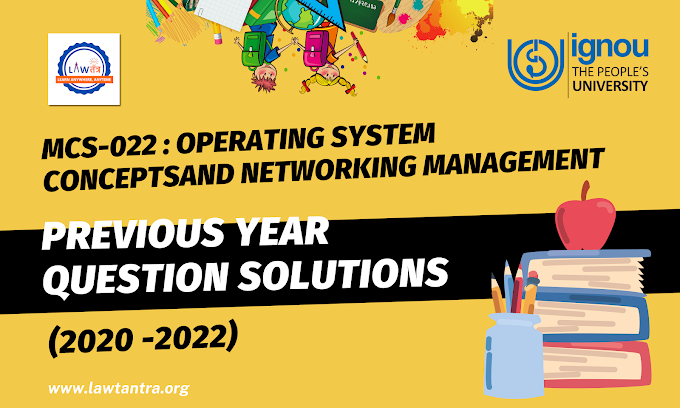In rural areas, major livelihood activities are irregular mainly due to seasonal fluctuations in agriculture and allied activities. This leads to periodic withdrawal from labour force, especially by the marginal labourers, who shift back and forth between what is reported as domestic and gainful work. Many workers migrate to other parts of the country in search of work. Lack of alternate livelihoods and skill development are the primary causes of migration from rural areas.
Due to COVID-19 pandemic, India is facing a severe challenge of unemployment and reverse migration (Fig. 1). Migrant workers are heading back to their native places in the hope of sustaining themselves better than they would be able to manage in hostile living conditions in host locations with limited work opportunities. Most migrant workers are daily-wage earners, and absence of work for extended periods makes it difficult to afford high cost of living in urban areas. Added to this is the uncertainty around the timelines for normalization of the current situation.Mahatma Gandhi National Rural Employment Guarantee Act (referred to as MGNREGA
hereafter) was introduced by Government of India in 2005 to target causes of chronic poverty through the ‘works’ (projects) that are undertaken, and thus ensuring sustainable development for all. MGNREGA is the largest work guarantee programme in the world with the primary objective of guaranteeing 100 days of wage employment per year to rural households. The programme emphasizes on strengthening the process of decentralization by giving a significant role to Panchayati Raj Institutions (PRIs) in planning and implementing these works.
This paper critically evaluates the suitability of MGNREGA in its current form as a panacea for alleviating stress in rural India. The key question we discuss here is whether MGNREGA can provide meaningful work in the post-COVID-19 world, how more employment could be generated with the same effective spending and reliance on projects under MGNREGA be reduced going forward.
Key Features of MGNREGA
The focus of the scheme is on rural employment and asset creation. A total of 100 days of work is guaranteed per household with the budget shared in 90:10 ratio by Centre and States. The daily wage has recently been increased to Rs. 202 by the Centre although there is significant interstate variation in the wages paid (increased wage rates effective from 01 April, 2020 and notified on 23 March, 2020). In many cases, the scheme wage rates are lower than the minimum wages in respective states. Spending under MGNREGA projects is mandated to be at least 60% on wages to unskilled labour with the remaining 40% for semi-skilled/skilled labour and material. However, there are exceptions to this. One of the prominent examples is construction of toilets. The scheme is implemented via Gram Panchayats. The Centre’s focus is on ‘convergence’ with spending on other major schemes. Convergence in this context implies that where possible, the objective of jobs and asset creation under MGNREGA is be achieved in alignment with the schemes rolled out by other departments. MGNREGA funds cannot be used for other schemes, but the reverse is what convergence aims to promote. More than 260 projects are permissible under MGNREGA and classified into four main categories, namely: public works relating to natural resources management, individual assets for vulnerable sections, common infrastructure for Deendayal Antyodaya Yojana–National Rural Livelihoods Mission (DAY-NRLM) compliant self-help groups, and rural infrastructure.
Total FY19-20 spending by the Centre was Rs. 71,000 crores, while the original budget for FY21 was Rs. 61,500 crores. In the wake of Covid-19-related reverse migration, the Centre has recently enhanced this amount by Rs. 40,000 crores. In the financial year 2019–2020, approximately 13 crore workers availed of work under the scheme.
MGNREGA is also one of the focus areas in the Centre’s recently announced Rs. 20 lakh crore stimulus package. However, as we discuss in the following sections, this would not be enough to provide meaningful employment to the large number of returnee migrants, and a meaningful reorientation of spending can help create a pool of micro-entrepreneurs in short time. With a possibility of reasonable income-generating opportunities outside MGNREGA-related works, this pool is expected to have lower dependence on government spending in future.
- Sol DU online exams from March 15, 4 Important questions
- farmer-protest-live-updates
- CAT2020: Read these important things before going to the exam hall
- Modi government gave big relief, Small Business
- New farm laws and conflict between Govt. & Farmers
- Struggle in Drafting Constitution
- Defamation and IT Act






0 Comments
Please do not enter any spam link in the comment box.